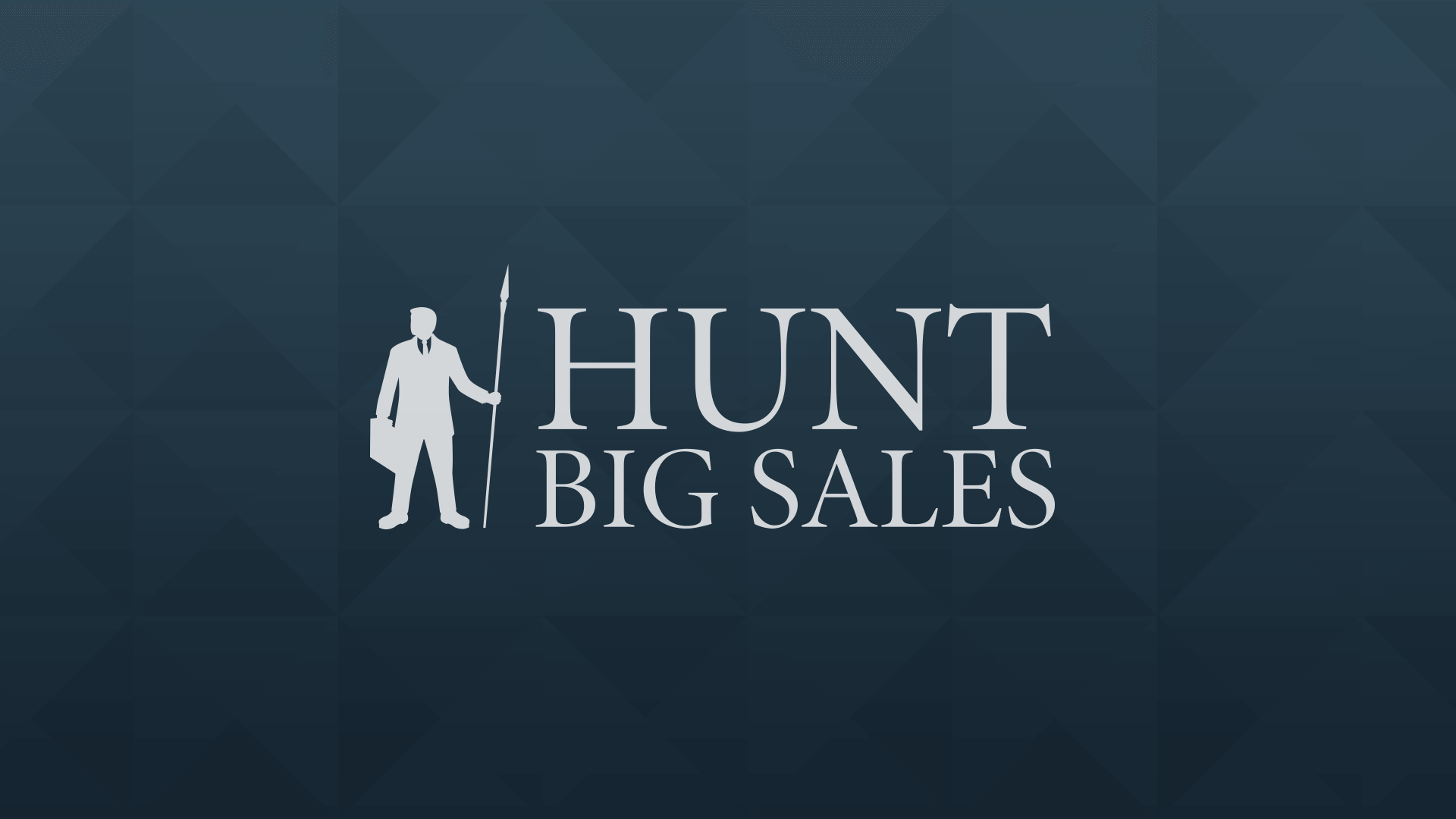Ask yourself these 5 questions to see whether your biggest clients are at risk of being lured away.
It is a regular lament in many organizations that more time and attention is paid to landing new sales rather than serving and growing the accounts the company already has.
Commission and promotion programs time and again focus almost exclusively on acquisition of accounts over retention of accounts. Yet the research is indisputable: It takes many much more expense and effort to land a new sale than to keep a current account.
And at this very moment, a competitor is targeting your best customer and is outspending you as much as 10 to 1 to take that customer from you.
I refer to these competitors as both poachers, those companies who want to completely displace you in one fell swoop, and encroachers, those companies who nibble around the edges of your customers, taking pieces at a time until they get the largest share.
5 Questions to Ask
If you want to know how at-risk you are with your biggest and best customers, ask yourself these questions:
- Frequency: How often are you speaking with a customer? That’s a good indicator of what level of value you represent to them. Here I mean real discussion, not transaction processing, order tracking and trouble-shooting. If your conversation has moved into quick transaction management exchanges, you may be at risk.
- Conversational focus: What do you talk about? When the conversation is focused on the business issues the customer is facing–and ways you can tailor your offerings to meet those challenges–you are in good shape; you are part of their planning and problem-solving process. If you are left out of those discussions, then you are not a partner; you are a supplier–and can be more easily picked off by a poacher or encroacher.
- Meeting types: How do you talk to your client? Email and voicemail are used for transaction processing. Face-to-face conversations, or Skype or GoToMeeting dialogue–even conference calls–are used for discussion. If you are not connecting except through orders and messages, you are losing important ground.
- Horizon: How far out are you focused? Strong customer relationships focus on the future–those are about planning. Average customer relationships focus on the now, and weak customer relationships focus on the past (usually historical comparisons or fixes for past problems).
- Seniority: Who do you speak to? Typically, executives make the commitments that create bigger contracts. Then, over time, the day-to-day execution moves to people further down the organizational ladder. If your communication is now nearly exclusively at this lower level, chances are that someone in the poacher/encroacher category is focusing on the executive with whom you made your deal.
Poachers and encroachers don’t take our best accounts overnight. Typically, these indicators decline over time. So if your attention is waning, there is doubtless a poacher or encroacher waiting in the wings to come get what’s yours.
